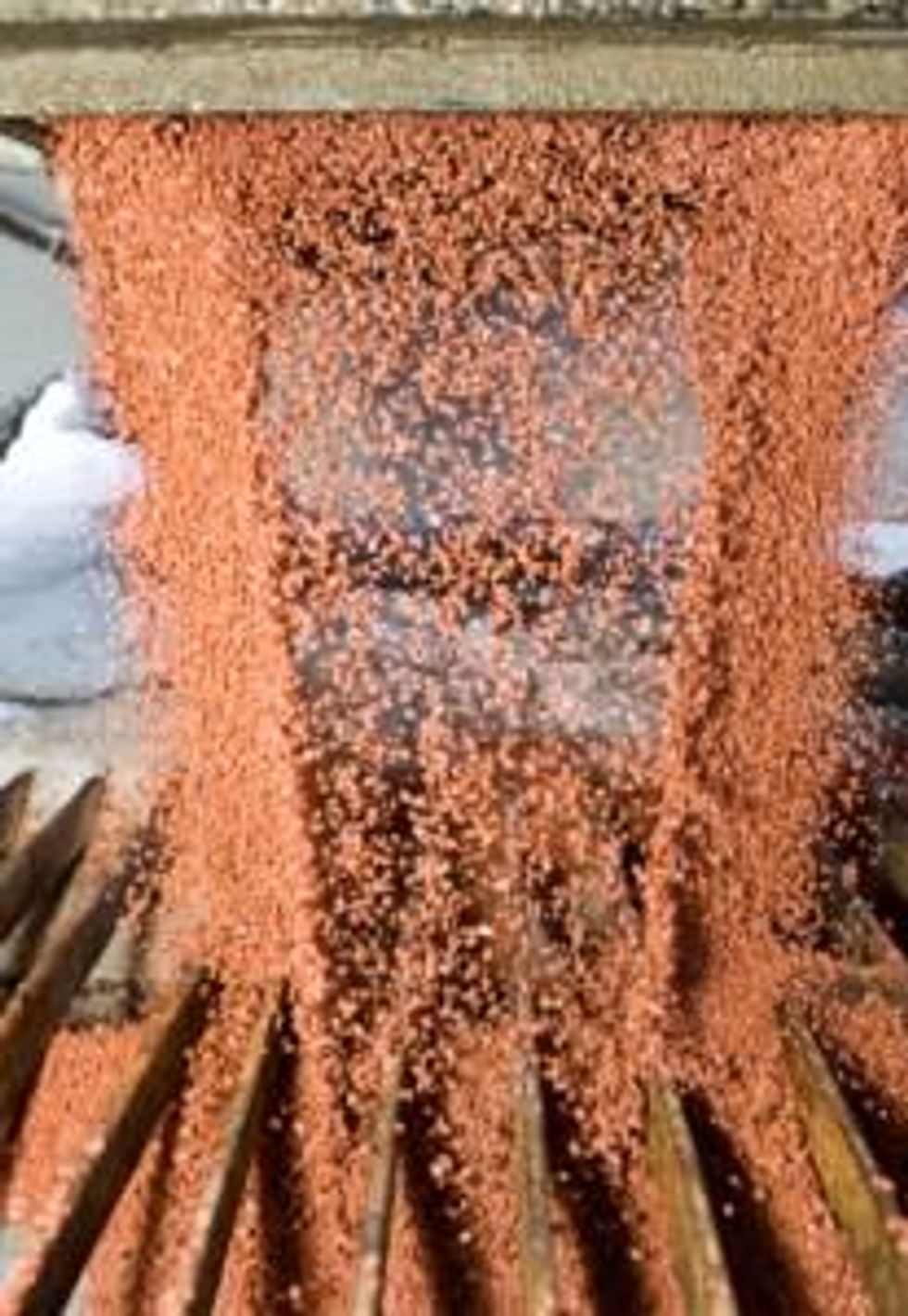After watching potash contract and spot prices fall through much of 2012, producers believe prices will not drop any further.
Weak demand and uncertain buyers guided sentiment across the potash market in the last quarter of 2012, reducing majors’ profits.
But now that major contracts with both China and India have been settled, many producers and some industry analysts believe steady demand growth will return and think that prices are unlikely to fall below the current contract level of $400 to $420 per tonne.
The most recent contract settlements between Canpotex, a North American offshore potash marketing body, and Chinese and Indian potash importers have been influential in setting the tone of the market.
Contracts with both countries saw substantial price declines, according to Reuters. India signed a one-year supply contract with Canpotex for 1.1 million tonnes at $427 per tonne, a reduced rate compared to the previous August 2011 deal of $470 per tonne for the first half of shipments and $530 per tonne for the second half. China received a $70-per-tonne discount from the previous year. Still, these settled potash contracts have provided hope against previously gloomy industry forecasts.
Specifically, China’s 1-million-tonne contract volume was above expected levels after the country had previously noted sufficient domestic stockpiles. India’s Canpotex contract, which closely mirrors the one it signed just days earlier with Belarusian Potash, settled at $427 per tonne, $11 per tonne higher than predictions of analysts polled by Reuters in January.
“The price of $400 per tonne will likely prove to be the floor,” Reuters reported Norbert Steiner, CEO of German potash producer K+S, as telling a local newspaper earlier this month. Steiner also believes that the “period of weak demand from China has ended,” a sentiment some analysts also hold.
Steve Hansen, an analyst with Raymond James, believes that the Indian deal confirms that potash prices hit a floor with the lower-priced Canpotex deal with China at the end of December. That should help draw down producers’ inventories, he told Reuters.
Contracts spark potash revival
So far the “spark” thesis – the belief that the contracts settled with China and India will spark the market back to life — has proven accurate. Reuters recently reported that in January potash exports by North American producers jumped by 13 percent from the previous month and 38 percent from the previous year, according to information on Potash Corporation of Saskatchewan’s (NYSE:POT,TSX:POT) website.
In an interview with Reuters, Mosaic’s (NYSE:MOS) senior vice president of commercial sales said that “[t]he closure of this [Indian] contract and stabilized (demand) until the end of the year is really important.” But while solidifying Asian demand for 2013 has undoubtedly helped slow the decline of potash prices over recent months, demand will also continue to be driven by other markets, particularly those in North and South America.
Outstanding North American potash producer inventories continue to be another area to watch. In January, inventory levels fell by 1.3 percent; however, while encouraging, that still leaves inventories 29 percent larger than the previous five-year average.
While prices look like they may have turned a corner for the time being, demand will need to continue growing if the price trend is to remain on course and push company profits back to the levels they were at in years past.
Company news
In junior mining news, Potash West (ASX:PWN,OTCQX:PWNNY), which is focused on developing potassium-rich glauconite deposits in Australia’s Perth Basin, has launched a AU$3.1-million equity raising campaign to fund feasibility work at its Dandaragan Trough.
One of the world’s largest deposits of glauconite — a common source of potassium for plant fertilizers — Dandaragan Trough is also Australia’s only potash development. While the resource deposit is not as rich as those in Saskatchewan, one of Potash West’s biggest advantages is its convenient location near Australian and South Pacific markets.
Elsewhere, Allana Potash (TSX:AAA) signed a memorandum of understanding with the Ethiopian Agricultural Transformation Agency in order to demonstrate the use of potash in Ethiopian agriculture. Currently a user of phosphate and nitrogen fertilizers, Ethiopia is now looking at using its locally mined resources to develop its agricultural markets.
Farhad Abasov, president and CEO of Allana, commented in a press release that “Allana is very proud to contribute to the agricultural growth strategy of Ethiopia,” adding that “[a] strong agricultural economy is a critical step in creating a robust national economy, one that Allana Potash considers vital to its future.”
Allana has committed to donate US$200,000 per year for the first two years, with an additional commitment of donating up to US$400,000 worth of fertilizer over the course of the three-year plan.
Securities Disclosure: I, James Wellstead, hold no direct investment interest in any company mentioned in this article.
